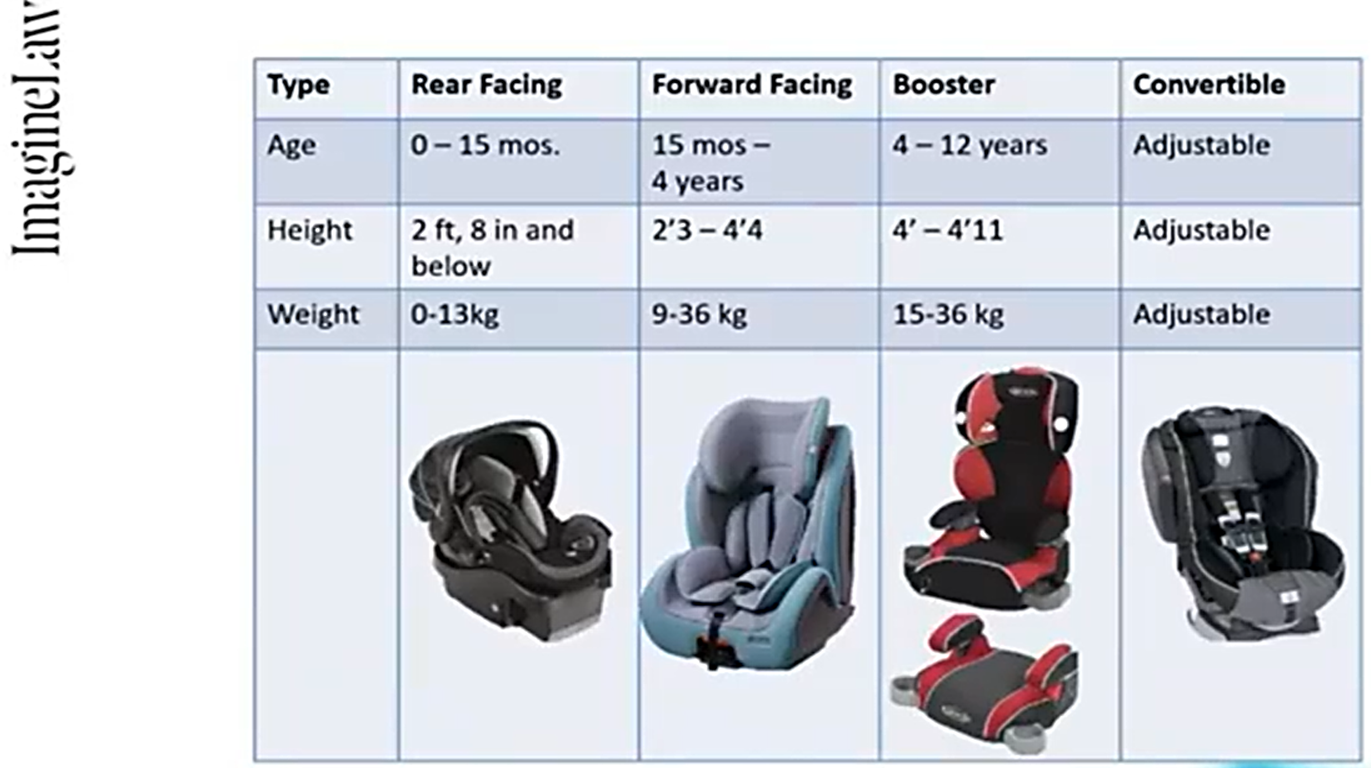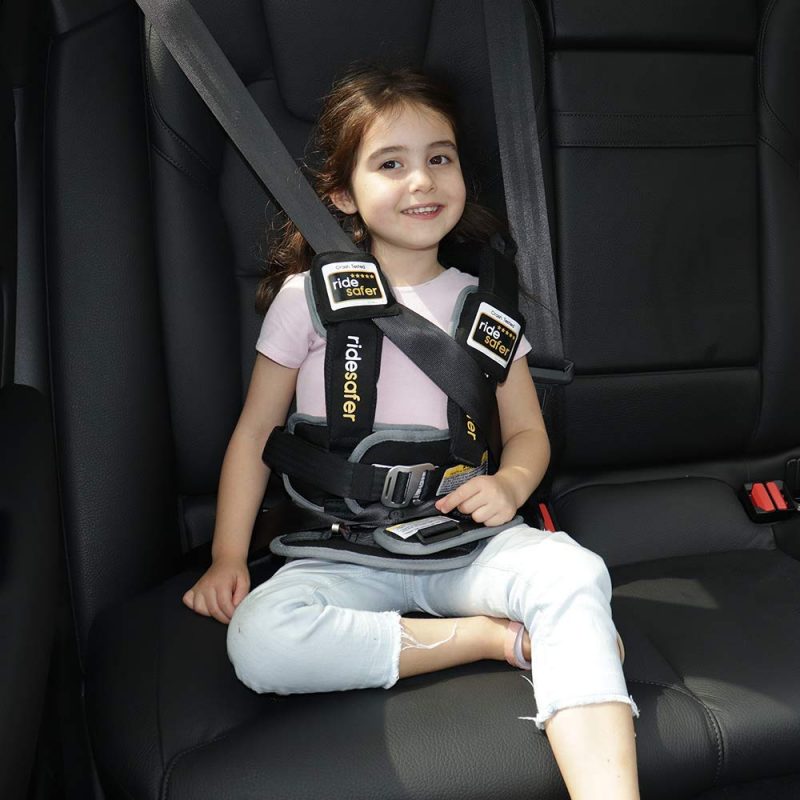

#What are the different child restraint systems free#
Of the articles reviewed, n = 20 involved distribution of free or subsidized CRSs to some or all subjects. Types of interventions included face-to-face education (n = 26), web/video-based education (n = 8) or written educational materials (n = 1).


Of the n = 35 articles, n = 9 were randomized controlled trials (RCTs), n = 4 were cluster RCTs, n = 11 were nonrandomized trials, and n = 11 were pretest post-test studies. Results: A total of n = 35 articles met inclusion criteria. References of these articles were reviewed for inclusion using the same process and n = 12 additional articles were identified. Through a systematic review process and peer consensus, n = 23 articles met inclusion criteria. Inclusion criteria were: (1) evaluation of an intervention/program for child passenger safety targeting a parent or caregiver of a child (2) quantitative data-based results (i.e., change in knowledge, behavior, or observed outcomes), (3) English-language, and (4) peer-reviewed journal publication. Methods: Using multiple databases, we identified peer-reviewed journal articles published between Januand Decemusing selected key search terms. Objective: To systematically review and summarize articles evaluating the effectiveness of child restraint system (CRS) interventions targeting parents/caregivers' knowledge of, overall rates of and/or proper use of CRSs published in a recent time period.


 0 kommentar(er)
0 kommentar(er)
